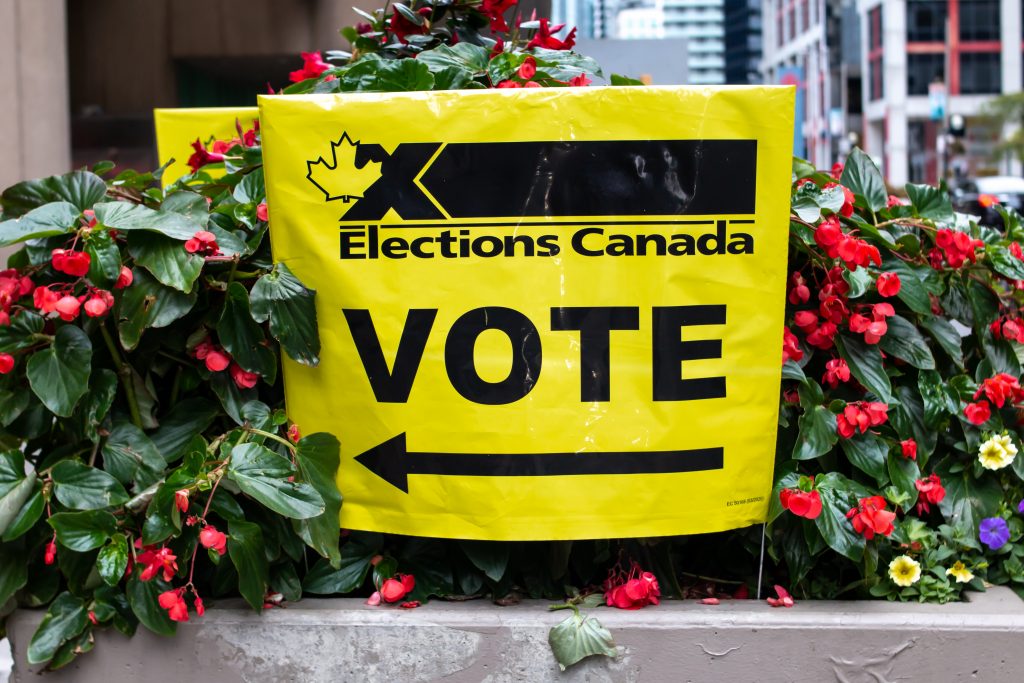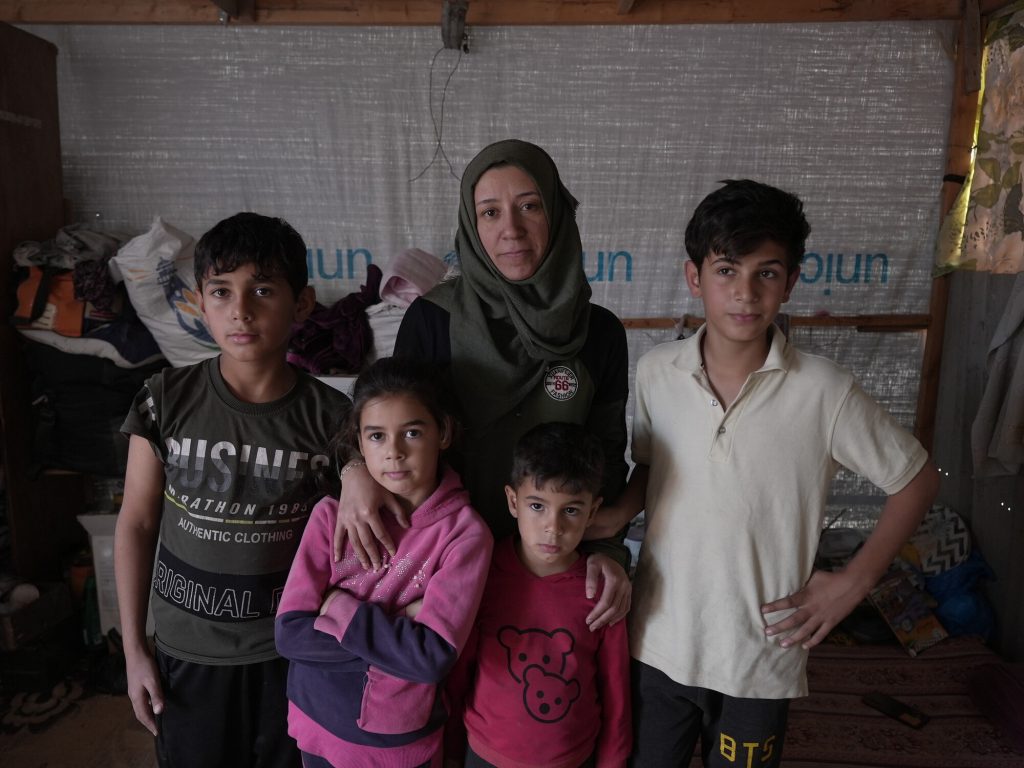The Hunger Virus: How to Stop it
The pandemic has not just fuelled hunger in the world but has exposed the deep inequalities we live in and shown a spotlight on our broken global economic and foods systems. At the start of 2020, global food insecurity was already at the highest levels since 2015, with 690 million people going hungry. Evidence so far shows that COVID-19 and its economic fallout, on top of conflict, climate extremes, and other shocks, have pushed tens of millions of more people into hunger.
Informal workers like street vendors, cleaners, delivery drivers and daily wage labourers were typically the first to lose their jobs and go hungry. For millions of them, COVID-19 and the measures to contain it meant deep cuts to their already meagre income.
With lockdown enforced in many countries, smallholder farmers – who product 70% of the food in Asia and sub-Saharan Africa – could not get to their fields to move their animals or plant and harvest crops. Many small vendors and small-scale farmers could not get to the market to sell their food or buy seeds.
The pandemic especially hit already disadvantaged groups the hardest. Women were at the top of this list, especially given the crucial role they play in the global food system as food producers, farm labourers, food workers, and as primary buyers and preparers of the family’s meals. The systemic oppression of women and girls meant they bore the brunt of the economic recession in many countries, and they had to also shoulder additional unpaid care responsibilities during the pandemic.
Similarly, those living in conflict areas, or hit by storms, floods, and other climate disasters, had double trouble. COVID-19 dealt them another blow as they continued to suffer from the devastating impact of other ongoing emergencies, and pushed them to the brink of poverty and hunger. Today, over 34 million people around the world are experiencing the most severe levels of food insecurity; this means they are at risk of dying from malnutrition or starvation if nothing is done to help them.
HOW OXFAM IS FIGHTING HUNGER
From the start of the pandemic, Oxfam used its public health expertise to scale up hygiene and preventive measures to stop the spread of COVID-19. But we knew that lockdowns and social distancing - while necessary to curb the outbreak - would really hurt people who eke out a living on the land or are forced to subsist on a daily wage.
To overcome the pandemic challenges, Oxfam set up new protocols to ensure our staff and partners follow public health guidance. We adapted our programmes and activities, such as setting up marketplace handwashing devices in countries like Zimbabwe and using digital systems like money transfer mechanisms in places like Kenya.
Since the pandemic started, Oxfam has reached nearly 15 million people across 68 countries with vital clean water, food, cash and hygiene kits. Over the past year, Oxfam and partners have reached over 2.6 million people in 50 countries to meet their basic needs for survival, confront the growing hunger crisis, protect and strengthen livelihoods and access social protection.
We did this in different ways. In Yemen, where one of the world’s worst food crises is taking place, we provided cash and opportunities to earn money. In Liberia, we partnered with strong women’s rights organisations to deliver cash through mobile transfers to women who had lost their jobs. In Vanuatu, where a severe cyclone hit during the pandemic, we provided blockchain-based cash and voucher assistance to improve women’s economic empowerment and food security while supporting small vendors.
In places where shops and markets were closed or unsafe due to the pandemic, we provided food. In South Sudan, we gave food assistance to people struggling to survive in the face of catastrophic levels of food insecurity. In Guatemala, part of the Latin American “dry corridor” that experienced a drought on top of COVID-19, we distributed food packs. We worked with partners in India to provide hot meals to migrant workers stranded when the government shut its borders. In Bangladesh, we supported local community initiatives to set up food banks.
We have helped small-scale producers get items such as seeds and livestock; we have supported others to sustain or restart their small businesses. In El Salvador, we started a field school to help farmers improve their crops in a year of persistent drought and gave cash for farming cooperatives in Burkina Faso and Gaza so they could continue to process their vegetables for restaurants and supermarkets.
We also worked with 14 governments to provide social protection measures to more than 270,000 people. In Nairobi’s informal settlements, we worked with partners to gather data that showed 42% of the women surveyed were unable to seek jobs because their domestic workload had increased so much. This helped us to tailor our activities and lobby Kenya’s Ministry of Labour and Social Protection.
We lobbied governments for a “just recovery” and in our alliances, speaking up for the rights of workers, small-scale farmers, and women farmers. We published reports such as “The hunger virus: how COVID-19 is fuelling hunger in a hungry world,” “Shelter from the storm: the global need for universal social protection in times of COVID-19,” and “Care in the time of coronavirus.”
But there is a lot more that must be done to help those suffering from this hunger virus. More is urgently needed to ensure the most disadvantaged get the help they require.
ENDING HUNGER
Without immediate support to people in need now, the global food and economic crisis will deepen. More people will die and many more will fall into poverty. As of April 2021, less than 10% of the UN food security appeal for 2021 has been funded. This is an extraordinary political failure, given the immense need. It is not acceptable to have to wait for money to trickle in while people are dying. The humanitarian system needs a new approach to put an end to acute food insecurity.
Every government should provide universal social protection measures including unemployment support and payments to vulnerable groups. These systems need to go far beyond emergency response and focus on more stable, long-term programs that can help the most marginalized people emerge from deepest poverty. Rich nations must also pay their fair share to fund the global food security appeal.
It is not surprising that most of the extreme hunger hotspots in the world today are experiencing high levels of violence and insecurity. Warring parties and those rich nations selling arms to fuel conflict must support a global ceasefire and local solutions for peace.
The climate crisis is also increasing food insecurity in all the hunger hotspots. Higher average temperatures, more extreme weather events, and less predictable weather patterns are disasters for global food production. We must slow the pace of climate change, mitigate its worst effects, and help smallholder producers adapt.
We need a global food system that is just for everyone, especially one that puts gender justice at its heart. The UN Food and Agriculture Organization (FAO) estimates that if women had the same resources as men, they could increase yields on their farms by up to 30% and reduce global hunger by up to 17%.
We need more investment in small-scale, sustainable food production, to help ensure that producers and workers can earn a living wage, and stamp out the discrimination faced by women food producers on accessing land, information, credit and technology. Governments can help women participate more equitably in the food system by increasing access to social safety nets, including childcare support and services that reduce the unpaid care work of women.
Finally, we need to support locally-led emergency responses and build on local solutions. This means recognizing the voice and leadership of local and national organizations and increasing funding to them as front-liners as we shift the power from international to local actors. This is the time to define and drive forward a more locally defined and sustainable pathway to managing disasters and ending hunger for all.

